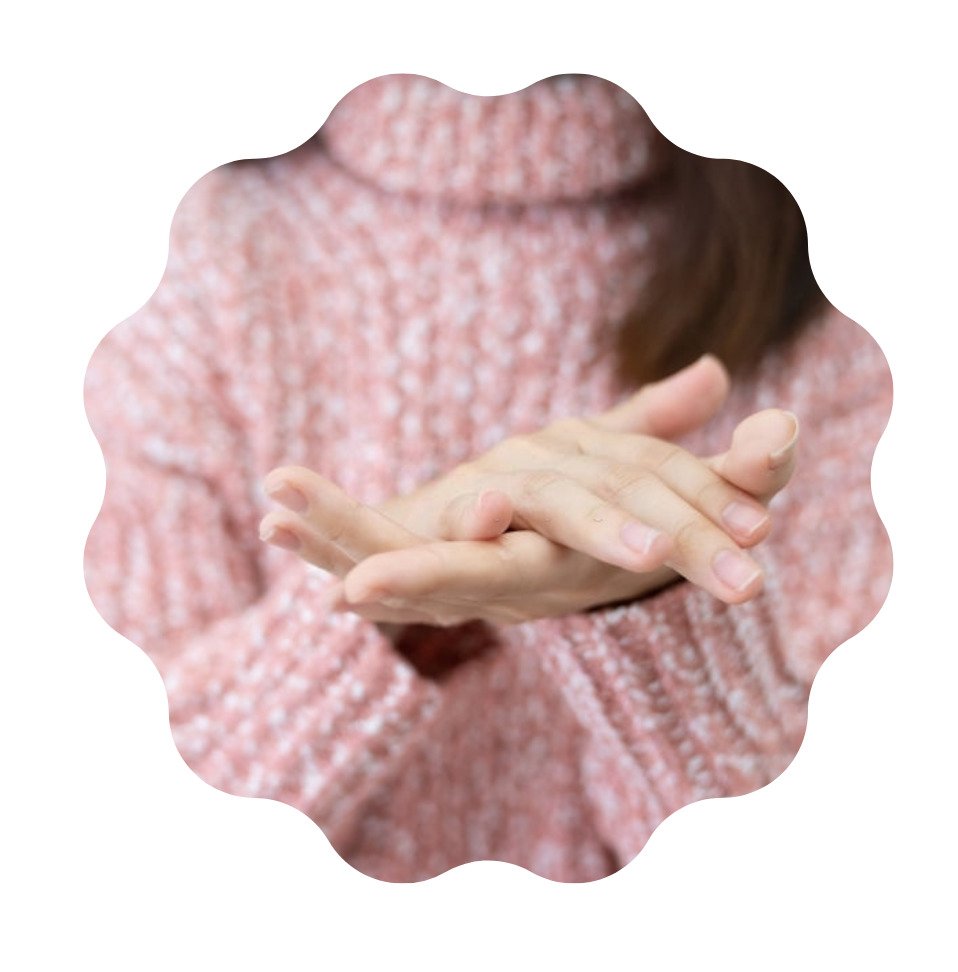Have you ever glanced down at your hands and wondered why we have nails? Maybe while having your nails painted at your favorite nail salon. Fingernail may help to keep viruses and germs out of the body. Fingernails are very important in safeguarding your fingertips.
They may possibly include a sign of a disease that needs medical care!. Ultimately, fingernails come in handy when you need to open a tube of Pringles or check whether you’ve won the lotto without having to look for a coin.
Why Do We Have Fingernails?
On average, human fingers are broader than those of most other primates when proportions are considered. Fingernails serve various functions in the body, and their presence may indicate why we have them.

Another evolutionary advantage of fingernails is that they help in the development of wide fingers. Fingernails allow the fingers to develop an essential purpose – grip. Broad fingertips without a solid framework to support them would flop about and be worthless, but fingernails allow them to acquire a vital function – grip.
These are some of them:

Strengthening
The fingers are one of the most substantial portions of the hand due to the strong outer coating on the tips of the fingernails. This reduces the danger of doing routine activities, such as grasping.
There are many tiny blood veins in the fingernails. They need a reliable source to feed them, and they need to be able to keep their blood flowing even if they are holding something exceptionally firmly.

Offers Complete Protection
Using a fingernail cover may help to keep viruses and germs out of the body. A person’s nail bed may be disturbed, making them more susceptible to nail infections.
Split fingernails may be caused by repeated or prolonged contact with water when doing dishes, cleaning, or working with strong chemicals; use cotton-lined rubber gloves.

Slicing and Piercing
They’re helpful for piercing and slicing materials like tape and light-duty packing. They’re also beneficial for plucking and prying various things, including stickers and labels, dirt and residues, and so on.
It’s possible to grasp objects with just your fingernails, which is helpful for wet, sticky, or painfully hot or cold items.
Why Do We Have Toenails?
In contrast to fingernails’ enhancement of grip or fine motor skills, toenails’ primary purpose is believed to be protection. The tops of the toes are prone to injury and stubbing, as we have all discovered the hard way. Toes are less susceptible to damage and infection when they have a protecting nail on top of them.
Fingernails have better blood flow due to their proximity to the heart. Deep vein thrombosis and other peripheral vascular disorders are more common in the legs and feet, raising concerns about blood flow. This may have an impact on toenail development and function.
What are Fingernails made of?
The fingernails are made up of Keratin which is a three-layer tissue. Keratin is an amino acid protein-rich tissue type. Keratin is found in your hair and nails naturally. It is also present in the hooves of other animals, including horses. The way keratin cells connect to create fingernails may affect their consistency and texture. The layers of keratin in the nail, for example, are soft, moderately challenging, and complex. All of these factors combine to form the protective barrier known as your fingernails.

While keratinocytes are no longer alive, which is why you may cut your fingernails and toenails, they once were living cells that needed nourishment and proteins to thrive. When you think about it, it is simple to understand how to nail abnormalities may signal underlying issues like dietary inadequacies.
Fingernails and General Health
Fingernails may be a sign of underlying medical problems. Doctors often examine fingernails to aid in the diagnosis of various medical problems. The following are examples of common nail problems that may signal underlying health issues:

Clubbing
Fingernails that have been clubbed have an excessive curvature and rounding look. This may suggest a lack of oxygen, as well as persistent lung disease.

Concavity
Concavity occurs when the nails bend up at the sides instead of forming a typical C shape. People who have a chronic iron deficiency may experience this.

Pincer
Pincer nails have a rounded shape, almost as though the side edges of the nails are attempting to touch. Aging and the use of certain medicines, such as beta-blockers, are also frequent causes.

Pitting
Pitting is characterized by a series of small depressions in the nail bed. Alopecia areata and psoriasis are two diseases that may cause this symptom.

Lines that run horizontally
Natural up-and-down lines run through the fingernails. Muehrcke’s lines are a side-to-side line that appears on the nail plate and has a white, light tone. These lines may appear in people with low albumin levels, an essential protein that helps the body maintain fluid balance and transfer chemicals.

Line or band in black
While a new, longitudinal light to dark brown band on the nail may be a natural change in some people’s nails, it may suggest subungual melanoma. This melanoma starts in the fingernail and spreads below it. Additional signs and symptoms include bleeding, cracking, and brittleness.
The Final Words
Primates, including humans, have fingernails and toenails. Your nails should be pink at the nail beds, somewhat rounded, and have tiny, shallow vertical lines as a minimum. Consult your doctor if any deviations of this distinct look cause you to worry. Fingernails have a wide range of uses that we frequently overlook. Nail varnish may be used to dress them up. You can remove the cover of a yogurt pot without getting your hands dirty, and you can scratch that itch.
